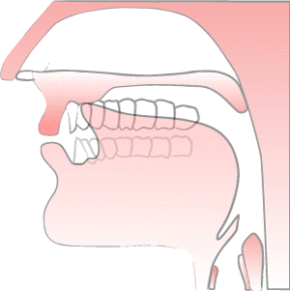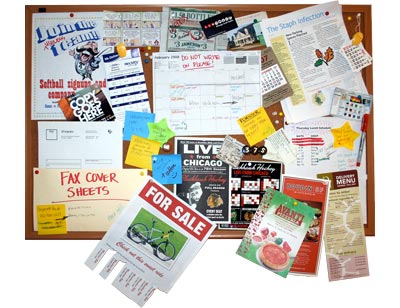Posts
https://skypenglish4u.com/wp-content/uploads/2014/01/Screen-Shot-2014-01-21-at-8.50.14-AM-1.png
153
656
Kelsey
http://skypenglish4u.com/wp-content/uploads/2016/10/SE4U2-2-4.jpg
Kelsey2014-01-21 09:24:022014-01-21 09:24:02Much and Many
http://skypenglish4u.com/wp-content/uploads/2016/10/SE4U2-2-4.jpg
0
0
Kelsey
http://skypenglish4u.com/wp-content/uploads/2016/10/SE4U2-2-4.jpg
Kelsey2014-01-08 16:22:022014-01-08 16:22:02The Importance of Asking Questions
https://skypenglish4u.com/wp-content/uploads/2013/12/360_wgrades_0419-2.jpg
235
360
Janet
http://skypenglish4u.com/wp-content/uploads/2016/10/SE4U2-2-4.jpg
Janet2013-12-04 14:18:282013-12-04 14:18:28ADVERB placement
https://skypenglish4u.com/wp-content/uploads/2013/10/Screen-Shot-2013-10-21-at-10.50.39-PM-2.png
177
710
Kelsey
http://skypenglish4u.com/wp-content/uploads/2016/10/SE4U2-2-4.jpg
Kelsey2013-10-21 22:17:262013-10-21 22:17:26Lets Learn aLL about *L’s*
http://skypenglish4u.com/wp-content/uploads/2016/10/SE4U2-2-4.jpg
0
0
Kelsey
http://skypenglish4u.com/wp-content/uploads/2016/10/SE4U2-2-4.jpg
Kelsey2013-10-09 21:07:022013-10-09 21:07:02Learn English with Kelsey Sensei
https://skypenglish4u.com/wp-content/uploads/2013/09/title5-2.jpg
486
850
Jessica
http://skypenglish4u.com/wp-content/uploads/2016/10/SE4U2-2-4.jpg
Jessica2013-09-17 10:10:172013-09-17 10:10:17Cooking with an English recipe
http://skypenglish4u.com/wp-content/uploads/2016/10/SE4U2-2-4.jpg
0
0
Anna
http://skypenglish4u.com/wp-content/uploads/2016/10/SE4U2-2-4.jpg
Anna2013-09-17 10:04:592013-09-17 10:04:59Remembering New Vocabulary
https://skypenglish4u.com/wp-content/uploads/2013/06/pinterest-2.jpg
300
400
Jessica
http://skypenglish4u.com/wp-content/uploads/2016/10/SE4U2-2-4.jpg
Jessica2013-06-14 23:26:522013-06-14 23:26:52Using Pinterest to improve your English
http://skypenglish4u.com/wp-content/uploads/2016/10/SE4U2-2-4.jpg
0
0
Anna
http://skypenglish4u.com/wp-content/uploads/2016/10/SE4U2-2-4.jpg
Anna2013-06-14 08:06:132013-06-14 08:06:13Frequently Confused Words #2 Make or Do?
http://skypenglish4u.com/wp-content/uploads/2016/10/SE4U2-2-4.jpg
0
0
Jessica
http://skypenglish4u.com/wp-content/uploads/2016/10/SE4U2-2-4.jpg
Jessica2013-04-25 17:58:032013-04-25 17:58:03Common Phrases
Scroll to top



